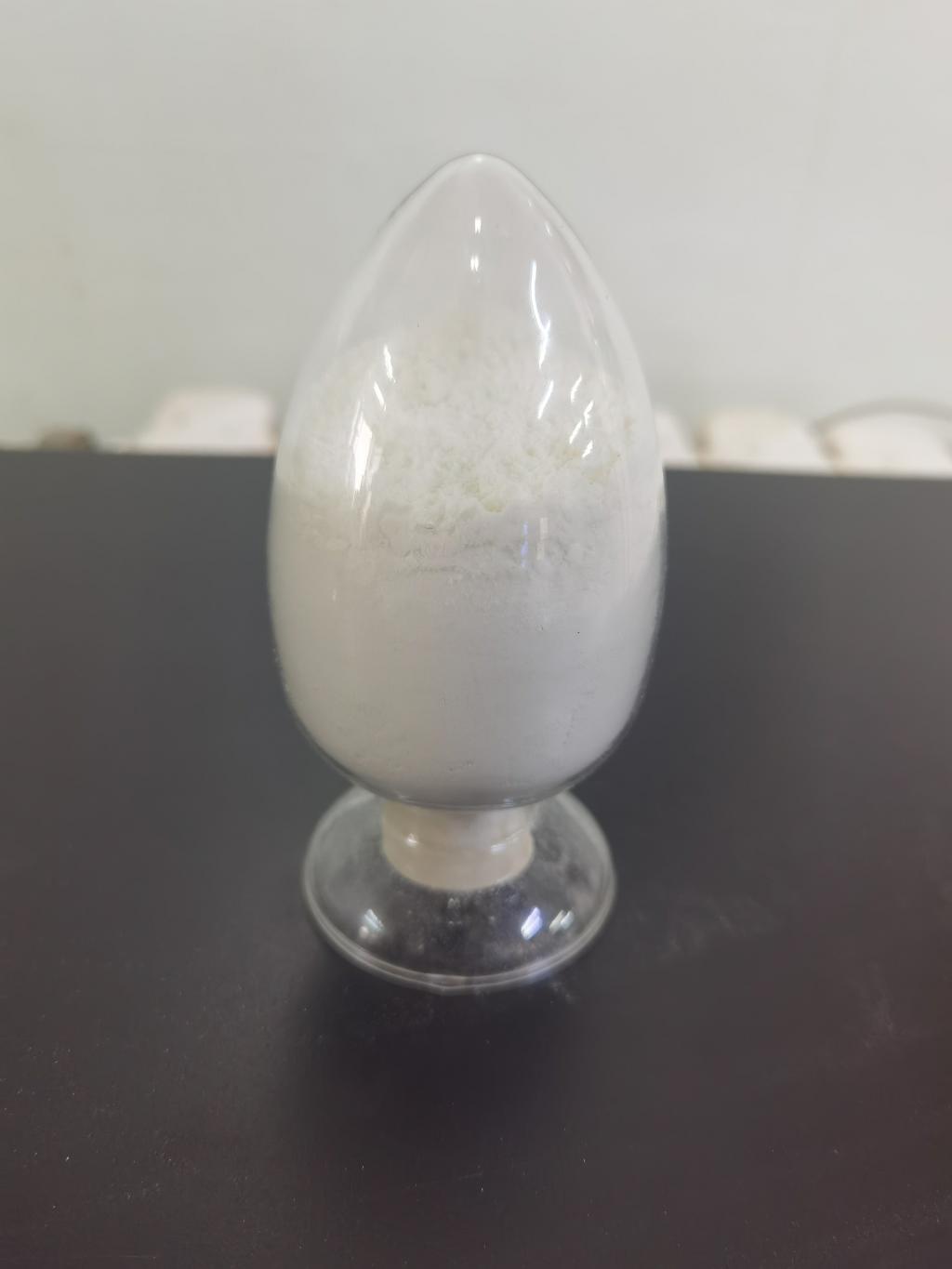Tel:+8618231198596

News
 CONTACT
CONTACT
 CONTACT
CONTACT
- Linkman:Linda Yao
- Tel: +8618231198596
- Email:linda.yao@dcpharma.cn
- Linkman:CHARLES.WANG
- Department:Overseas
- Tel: 0086 0311-85537378 0086 0311-85539701
News
Current Position:
Home >
News
>Breaking the Mold: ε-Polylysine Hydrochloride's Impact on Fungal Preservation
Breaking the Mold: ε-Polylysine Hydrochloride's Impact on Fungal Preservation
TIME:2023-12-11
I. The Challenge of Fungal Contamination in Food
A. Fungal Spoilage and Mycotoxins
Fungal contamination is a pervasive issue in the food industry, leading to spoilage, loss of nutritional value, and the production of mycotoxins. Mycotoxins, toxic compounds produced by certain fungi, pose health risks to consumers and present a significant concern for food safety. This section will discuss the challenges associated with fungal contamination and its impact on food quality.
B. Traditional Approaches to Fungal Control
Historically, the food industry has relied on various methods to control fungal growth, including chemical preservatives, physical barriers, and modified atmosphere packaging. However, these approaches often come with limitations such as potential health concerns, changes in sensory attributes, and the emergence of resistant strains. This section will provide an overview of traditional methods and their drawbacks.
II. ε-Polylysine Hydrochloride: Nature's Antifungal Ally
A. Discovery and Characteristics
ε-Polylysine hydrochloride, derived from bacterial fermentation, has garnered attention for its potent antifungal properties. This section will explore the origins and characteristics of ε-polylysine hydrochloride, highlighting its potential as a natural and effective solution for fungal preservation.
B. Mechanism of Action Against Fungi
The mechanism of action of ε-polylysine hydrochloride involves disrupting the cell membranes of fungi, leading to their demise. This targeted action against a broad spectrum of fungi, including molds and yeast, sets ε-polylysine hydrochloride apart as a promising antifungal agent. This section will delve into the specific ways in which ε-polylysine hydrochloride combats fungal contamination.
III. Applications in Food Preservation
A. Preservation of Bakery Products
Bakery products are particularly susceptible to fungal contamination due to their moisture content and nutrient-rich composition. ε-Polylysine hydrochloride can be applied to preserve the freshness and extend the shelf life of bread, pastries, and other baked goods. This section will explore case studies and examples of its successful use in bakery product preservation.
B. Dairy Products: Extending Shelf Life and Ensuring Quality
Dairy products are prone to spoilage by molds and yeast, affecting their texture, flavor, and overall quality. ε-Polylysine hydrochloride offers a solution for extending the shelf life of dairy items such as cheese and yogurt while maintaining their sensory attributes. This section will discuss the applications of ε-polylysine hydrochloride in preserving dairy products.
C. Fungal Control in Meat and Poultry
Meat and poultry products are vulnerable to fungal contamination, and the consequences can range from off-putting odors to the production of mycotoxins. ε-Polylysine hydrochloride's antimicrobial efficacy makes it a valuable tool in preventing fungal spoilage in meat and poultry. This section will explore its applications in the preservation of meat products.
IV. ε-Polylysine Hydrochloride in Agriculture: Fungal Control in Crops
Fungal diseases in crops can lead to significant agricultural losses, affecting both quantity and quality. ε-Polylysine hydrochloride, with its natural origin and efficacy against plant-pathogenic fungi, presents an opportunity for sustainable agricultural practices. This section will discuss its potential applications in crop protection and fungal control in agriculture.
V. Safety Considerations and Regulatory Status
A. Human and Environmental Safety
Ensuring the safety of ε-polylysine hydrochloride for human consumption and its environmental impact is paramount. This section will explore studies and assessments that demonstrate its safety profile, addressing concerns related to its use in food preservation.
B. Regulatory Approvals
The regulatory status of ε-polylysine hydrochloride is a crucial aspect of its widespread adoption in the food industry. This section will provide an overview of regulatory approvals from organizations such as the U.S. Food and Drug Administration (FDA) and the European Food Safety Authority (EFSA), validating its safety and efficacy.
VI. Challenges and Future Directions
A. Overcoming Formulation Challenges
While ε-polylysine hydrochloride shows great promise, formulating it into various food products presents challenges. This section will explore the hurdles associated with incorporating ε-polylysine hydrochloride and potential strategies for optimizing its formulation.
B. Future Research and Innovations
The article will conclude by discussing future research directions and innovations in the realm of ε-polylysine hydrochloride and fungal preservation. This may include advancements in delivery systems, synergistic combinations with other antifungal agents, and collaborative initiatives aimed at maximizing its potential.
Conclusion:
ε-Polylysine hydrochloride emerges as a powerful ally in the quest to break the mold in fungal preservation. Its natural origin, broad-spectrum antifungal properties, and regulatory approvals position it as a sustainable and effective solution for combating fungal contamination in various food products and crops. As the food industry seeks alternatives to traditional preservatives, ε-polylysine hydrochloride stands at the forefront of innovation, paving the way for a future where the challenges of fungal spoilage are met with natural, safe, and efficient solutions.
- Tel:+8618231198596
- Whatsapp:18231198596
- Chat With Skype







